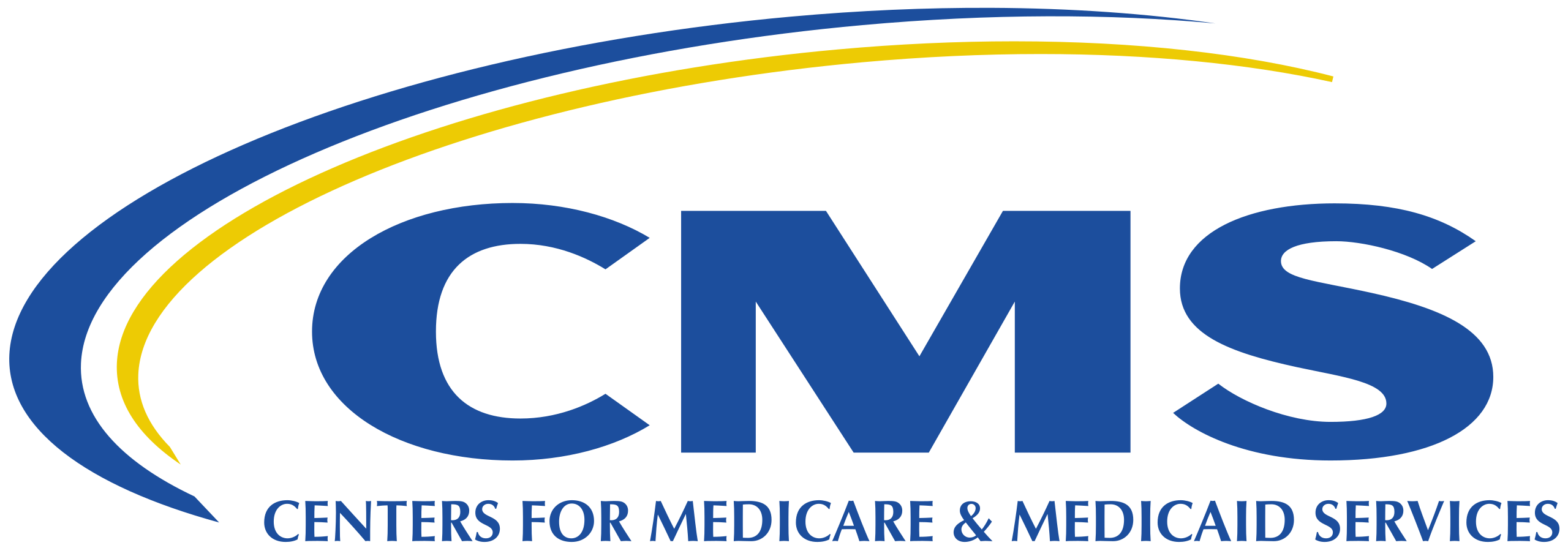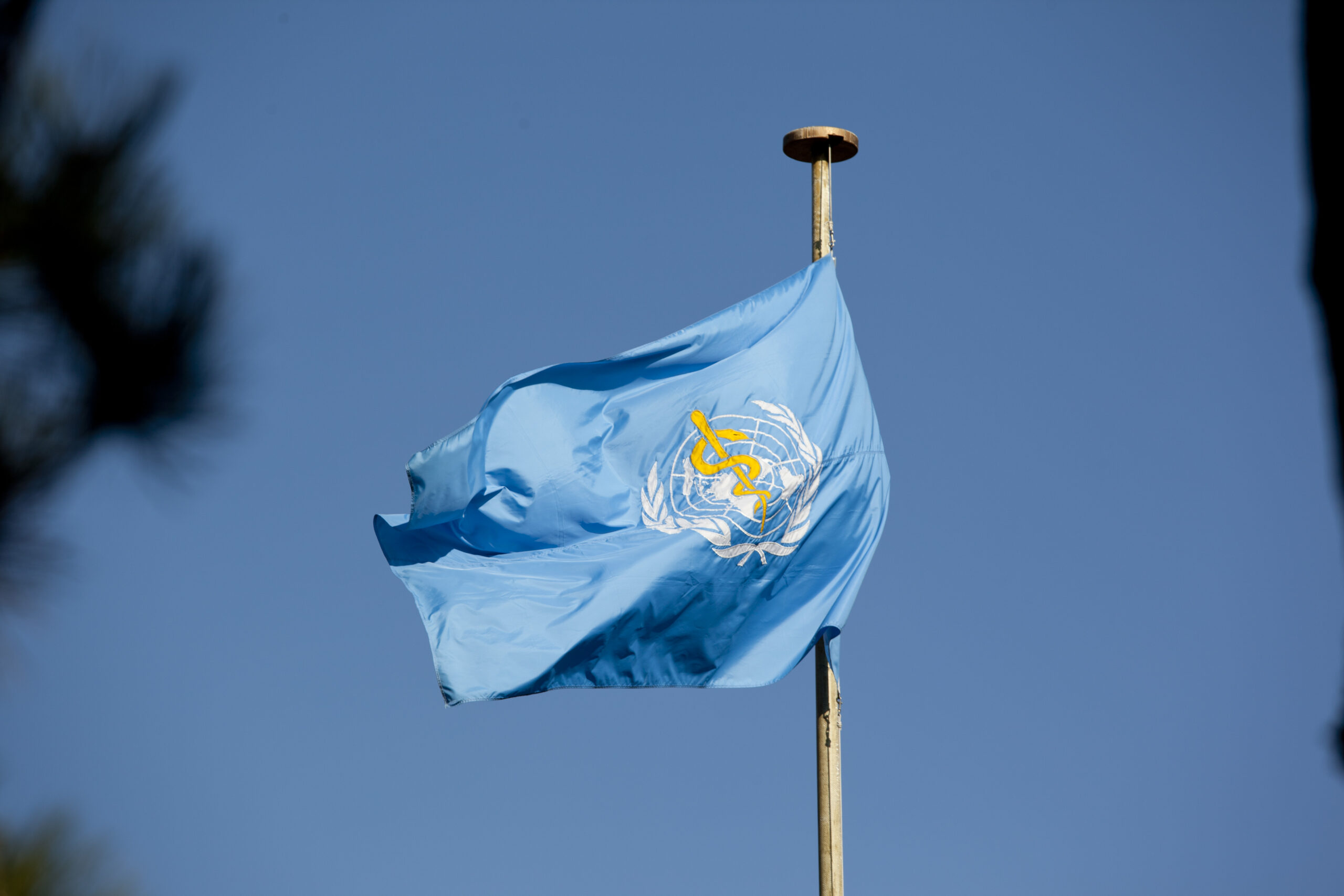Medicaid, a government program established in 1965 funding healthcare for qualified persons living below the poverty level and/or who have disabilities is a free or low-cost national public health insurance program supported by the federal government and the state. Medicaid is a critical component of the U.S. healthcare system, covering about 72.4 million Americans, including eligible low-income adults, pregnant women, children, older adults, and people with disabilities. Despite its role as a lifeline for vulnerable populations, Medicaid often faces controversies and social stigma, a negative label characterized by one or more personal traits that form a stereotype about the individual. These controversies most likely stem from concerns over funding, coverage, and political discourse of health care reform.
History
Medicaid was established in 1965 under Title XIX of the Social Security Act, enacted and signed into law by President Lyndon B. Johnson. Its purpose was to provide quality healthcare coverage to low-income populations. Policy changes made to the Social Security Act from 1967 to 1995 expanded Medicaid coverage to persons with disabilities and children and led to the creation of the Children’s Health Insurance Program (CHIP). CHIP addresses the sector of children in families with incomes too high for Medicaid but still too low for private health insurance. In 2010, the Affordable Care Act (ACA), colloquially known as Obamacare, was enacted and significantly reformed Medicaid and healthcare in the U.S. These reforms included expanding eligibility, enforcing consumer protections, such as allowing young adults to stay on their parent’s insurance until the age of 26, and requiring middle-market employers to offer more affordable health insurance. This expansion aimed to provide coverage to millions of uninsured individuals. Within its comprehensive coverage, states are obligated to cover mandatory benefits but vary by state with coverage beyond the mandatory benefits. These benefits include, but are not limited to, services like transportation to healthcare, pediatric care, and inpatient and outpatient hospital services. Some optional benefits that depend on the state include respiratory care for ventilator-dependent individuals, hospice, vision care, prosthetics, and physical and occupational therapy.
Eligibility
Eligibility is often based on income, money earned on a regular basis through work with limits relative to the Federal Poverty Line, a governmental standard of measurement indicating the income level of when an individual or family is designated as poor.
| 2024 Poverty Guidelines for the 48 Contiguous States and the District of Columbia | |
| Persons in the family/household | Poverty guideline |
| 1 | $15,060 |
| 2 | $20,440 |
| 3 | $25,820 |
| 4 | $31,200 |
| 5 | $36,580 |
| 6 | $41,960 |
| 7 | $47,340 |
| 8 | $52,720 |
| For families/households with more than 8 persons, add $5,380 for each additional person. | |
Eligibility varies by state but generally covers those who are considered low-income and fit into one of these three categories.
Over 65 years of age. As of 2024, 7.2 million seniors over the age of 65 depend on Medicaid to aid the cost of Medicare premiums, deductibles, and other expenditures not covered by Medicare.
Persons with disabilities. 20 percent of enrollees are individuals with disabilities, equating to 14.48 million people. Those who fall under this category often need ongoing, specialized care and support services. Medicaid ensures these needs are met so people with disabilities can live healthier lives.
 Pregnant women and children. Women and children are by far the groups that are most likely to suffer from poverty. Out of the 72.4 million people enrolled in Medicaid, approximately 37.6 million children are either enrolled in Medicaid or CHIP, representing about 47.3 percent of total enrollees. The 24.4 million women enrolled in the program represent about 33.7 percent of total enrollees. Feminization of poverty, the disproportionate number of women amongst the world’s poor can be attributed to women more often becoming full-time caretakers than their male counterparts. Interestingly, as birth rates steadily decline, the number of women going without prenatal care is increasing. This trend could be a result of the overturn of Roe v. Wade in 2022, limiting access to prenatal care. Prenatal and postpartum care is a must to protect the health of a mother and her baby. Medicaid coverage reduces the risk of complications during pregnancy and childbirth, leading to better outcomes.
Pregnant women and children. Women and children are by far the groups that are most likely to suffer from poverty. Out of the 72.4 million people enrolled in Medicaid, approximately 37.6 million children are either enrolled in Medicaid or CHIP, representing about 47.3 percent of total enrollees. The 24.4 million women enrolled in the program represent about 33.7 percent of total enrollees. Feminization of poverty, the disproportionate number of women amongst the world’s poor can be attributed to women more often becoming full-time caretakers than their male counterparts. Interestingly, as birth rates steadily decline, the number of women going without prenatal care is increasing. This trend could be a result of the overturn of Roe v. Wade in 2022, limiting access to prenatal care. Prenatal and postpartum care is a must to protect the health of a mother and her baby. Medicaid coverage reduces the risk of complications during pregnancy and childbirth, leading to better outcomes.
Coverage & Regional Disparities
As of 2024, for a single individual, the federal poverty line is $15,060. Most states besides the southern regions (Texas, Alabama, Mississippi, Florida) have adopted the Medicaid expansion. This expansion will allow Medicaid to cover low-income adults with children and people under 65 with an income at or less than 138 percent ($20,582) of the poverty line.
 The Medicaid system was established 59 years ago and is the single biggest source of health insurance in the country, insuring about one in five Americans. State legislation does not decide how much funds they receive from the federal government, but the state has the right to decide whether to expand Medicaid coverage or uphold state-specific policies. The amount of Medicaid funding each state receives is determined by the Federal Medical Assistance Percentage (FMAP). FMAP takes into consideration each state’s per capita income relative to the national average. States with a higher income margin tend to have more inclusive Medicaid coverage. For example, the state with the highest Medicaid enrollment is California, with more than 12 million people covered by Medicaid, including CHIP. However, in states like Texas, Medicaid coverage and eligibility tend to be more strict with just over five million Texans enrolled in the program. Financing and eligibility is a significant topic of debate surrounding Medicaid. Federal policymakers argue for a cap on funding, giving states more control, but this could lead to less coverage and benefits for those impacted. While eligibility varies between states, policymakers continue to push and pull at the idea of who should and should not be eligible for Medicaid.
The Medicaid system was established 59 years ago and is the single biggest source of health insurance in the country, insuring about one in five Americans. State legislation does not decide how much funds they receive from the federal government, but the state has the right to decide whether to expand Medicaid coverage or uphold state-specific policies. The amount of Medicaid funding each state receives is determined by the Federal Medical Assistance Percentage (FMAP). FMAP takes into consideration each state’s per capita income relative to the national average. States with a higher income margin tend to have more inclusive Medicaid coverage. For example, the state with the highest Medicaid enrollment is California, with more than 12 million people covered by Medicaid, including CHIP. However, in states like Texas, Medicaid coverage and eligibility tend to be more strict with just over five million Texans enrolled in the program. Financing and eligibility is a significant topic of debate surrounding Medicaid. Federal policymakers argue for a cap on funding, giving states more control, but this could lead to less coverage and benefits for those impacted. While eligibility varies between states, policymakers continue to push and pull at the idea of who should and should not be eligible for Medicaid.
How is it funded?
Financing is a shared responsibility of the federal and state governments. States that execute their Medicaid programs within federal guidelines are entitled to partial share reimbursement by the federal government. Ideally, 40 percent must be financed by the state from general revenue, and the other 60 percent allocated from local governments. The U.S. average cost of Medicaid per enrollee is $8,651, with the highest average in North Dakota at $12, 434 and the lowest being Tennessee at $3,750. Higher costs of living, demographics, and state-specific policies cause the variance in Medicaid funding by state per enrollee. North Dakota’s higher national average can be attributed to their adoption of Medicaid expansion, increasing coverage, and total cost. States finance the ideal 40 percent share of Medicaid expenditures largely through general revenues, which consist of revenue from sources such as personal and corporate income taxes and sales taxes.
Why are millions losing coverage?
 During the COVID-19 pandemic, Medicaid enrollment reached an all-time high due to the Families First Coronavirus Response Act (FFCRA) which incorporated continuous enrollment provisions that prevented states from disenrolling beneficiaries during the national health emergency. Medicaid enrollment peaked at 94.5 million, with an increase of 23 million or 32 percent during the pandemic. On March 31, 2024, federal law ended continuous enrollment and no longer required states to keep people enrolled because of the pandemic. On April 1, 2023, state governments started terminating Medicaid coverage for those who were no longer eligible or whose eligibility could not be confirmed by the redetermination process. The first states to start the disenrollment period were Arizona, Arkansas, and Idaho, followed by New Hampshire and North Dakota. While redetermination varies by state, the Medicaid agency reviews assets, income, and other eligibility requirements to determine if the beneficiary is still qualified. When the state cannot automatically renew an individual’s status with available electronic data the state will send out a pre-populated form. A pre-populated form is filled out partially by the state with information already known about the Medicaid recipient, any unknown remaining information must be presented by the recipient. The ending of continuous enrollment has lessened access to preventative care, and mental health care while also increasing financial burden due to potentially higher out-of-pocket costs. In addition, this period created unique challenges for seniors over 65 who are dual-enrolled in Medicaid and Medicare. Seniors who fall into this category no longer have access to Medicaid services not covered by Medicare such as long-term nursing care. States with more progressive assistance programs (Hawaii, Colorado, and New York) generally see less coverage loss compared to states with limited assistance programs (Texas, Alabama, and Florida).
During the COVID-19 pandemic, Medicaid enrollment reached an all-time high due to the Families First Coronavirus Response Act (FFCRA) which incorporated continuous enrollment provisions that prevented states from disenrolling beneficiaries during the national health emergency. Medicaid enrollment peaked at 94.5 million, with an increase of 23 million or 32 percent during the pandemic. On March 31, 2024, federal law ended continuous enrollment and no longer required states to keep people enrolled because of the pandemic. On April 1, 2023, state governments started terminating Medicaid coverage for those who were no longer eligible or whose eligibility could not be confirmed by the redetermination process. The first states to start the disenrollment period were Arizona, Arkansas, and Idaho, followed by New Hampshire and North Dakota. While redetermination varies by state, the Medicaid agency reviews assets, income, and other eligibility requirements to determine if the beneficiary is still qualified. When the state cannot automatically renew an individual’s status with available electronic data the state will send out a pre-populated form. A pre-populated form is filled out partially by the state with information already known about the Medicaid recipient, any unknown remaining information must be presented by the recipient. The ending of continuous enrollment has lessened access to preventative care, and mental health care while also increasing financial burden due to potentially higher out-of-pocket costs. In addition, this period created unique challenges for seniors over 65 who are dual-enrolled in Medicaid and Medicare. Seniors who fall into this category no longer have access to Medicaid services not covered by Medicare such as long-term nursing care. States with more progressive assistance programs (Hawaii, Colorado, and New York) generally see less coverage loss compared to states with limited assistance programs (Texas, Alabama, and Florida).
Conclusion
Despite the benefits of Medicaid, it does face several ongoing challenges with funding due to budget constraints, variability in coverage among the states, and political debates, often becoming a focus point in healthcare reform. As debates continue and policies change, the commitment to maintaining and bettering Medicaid is essential to ensuring that the country’s most vulnerable populations receive the care they deserve.
Peña is a guest blogger at UITAC Publishing. UITAC’s mission is to provide high-quality, affordable, and socially responsible online course materials.
Images used in this blog:
- “Centers for Medicare and Medicaid Services logo 2014” by United States Centers for Medicare and Medicaid Service is in the Public Domain. This image has not been altered.
- “2025 Poverty Guidelines for the 48 Contiguous States and the District of Columbia” by ASPE.
- “Pédiatre” by Jim Gathany, CDC is in the Public Domain. This image has not been altered.
- “Physical examination” by Josie Kemp, U.S. Air Force is in the Public Domain. This image has not been altered.
- “Claims- Health Insurance” by National Library of Medicine is licensed on Flickr. This image has not been altered.




